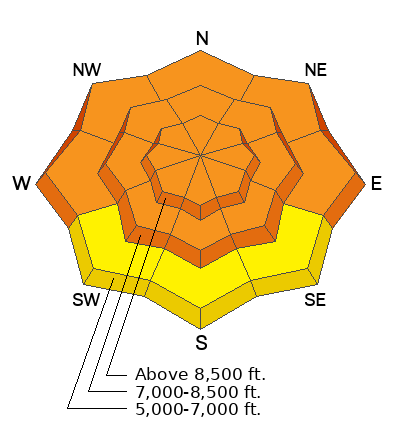Forecast for the Logan Area Mountains

Issued by Toby Weed on
Friday morning, December 23, 2022
Friday morning, December 23, 2022
There is CONSIDERABLE danger on drifted slopes across the zone at all elevations, including on drifted lower and mid elevation slopes with poor snow structure. Wednesday's windy storm changed the snow landscape in many areas, and created dangerous and complex avalanche conditions. People are likely to trigger dangerous slab avalanches of wind drifted snow failing on a buried persistent weak layer. Avalanches could be triggered remotely, from a distance, or below, and these could be 2 to 4 feet thick and a few hundred feet wide.
Careful snowpack evaluation, cautious route-finding, and conservative decision making are essential for safe backcountry travel today.
Careful snowpack evaluation, cautious route-finding, and conservative decision making are essential for safe backcountry travel today.

Low
Moderate
Considerable
High
Extreme
Learn how to read the forecast here









